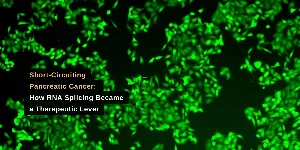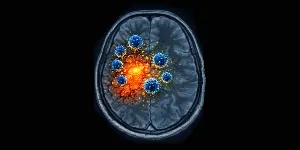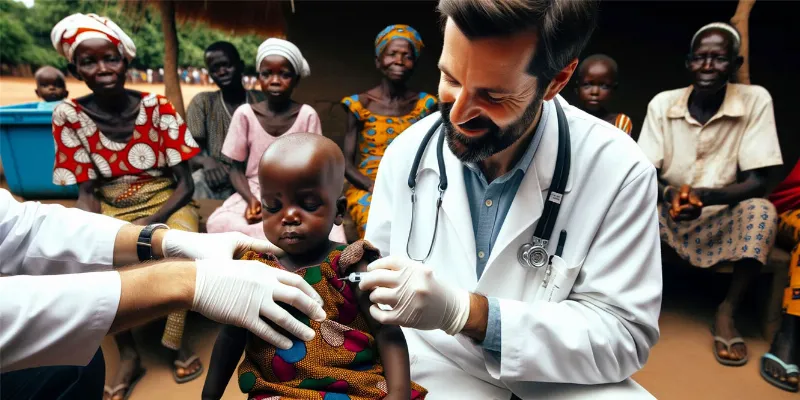Newly Discovered Bird Flu Mutation Sparks Global Pandemic Fear

4 September 2023
The avian flu virus strain H3N8, found in Chinese poultry farms, is mutating in ways that may heighten its transmissibility among humans, according to a study by researchers from China and Nottingham. Published in Cell, the study used lab mice and ferrets to model human infection and found that this strain can cause severe infections and transmit airborne.
The exact transmission method from animals to humans was previously unclear, but it's now shown that this strain can replicate in human respiratory cells. There are growing concerns over a potential global epidemic or pandemic, as humans might be vulnerable despite other flu vaccinations. Research teams have identified that a subtype of the avian flu virus, specifically the H3N8 strain, is undergoing significant mutational changes.
These changes could potentially make the disease more transmissible among humans. The study, recently published in the journal Cell, closely examined a human-derived sample of the H3N8 avian influenza virus. Using laboratory mice and ferrets to emulate human infection, scientists found that this strain of the virus has made several adaptive shifts.
These alterations allow it to not only cause severe infections in animals but also transmit via the airborne route between them. While infections with the H3N8 avian influenza virus in humans can lead to acute respiratory distress syndrome and prove fatal, the exact transmission method from animals to humans has remained largely ambiguous. However, Professor Kin-Chow Chang, of the University of Nottingham, and his team have offered some clarity.
"We've determined that an avian H3N8 virus isolated from a human patient with severe pneumonia was effective in replicating within human bronchial and lung epithelial cells. It proved extremely harmful in mammalian hosts in the lab, and it's capable of airborne transmission through respiratory droplets," Professor Chang said. These epithelial cells line the airways, producing the mucus that lubricates and protects our lungs.
This concerning development is compounded by the fact that, despite potential vaccination against the human H3N2 virus, humans might still be significantly vulnerable to the mutated H3N8 strain. In response to these findings, experts and health professionals are urging for intensified research efforts. Such efforts would closely monitor the continued evolution of this virus in both poultry and human populations, aiming to stave off potential health crises. The study was a collaborative effort involving the University of Nottingham, China Agricultural University in Beijing, the Chinese Academy of Sciences, and the Chinese Center for Disease Control and Prevention.
Abstract of the research
Airborne transmission of human-isolated avian H3N8 influenza virus between ferrets
Highlights: Human-derived H3N8 viruses replicated efficiently in human respiratory epithelial cells. Human-derived H3N8 viruses caused severe pathology in mice and ferrets. One human H3N8 isolate acquired efficient respiratory droplet transmission in ferrets. The PB2-E627K mutation is critical for H3N8 virus airborne transmission in ferrets Summary: H3N8 avian influenza viruses (AIVs) in China caused two confirmed human infections in 2022, followed by a fatal case reported in 2023. H3N8 viruses are widespread in chicken flocks; however, the zoonotic features of H3N8 viruses are poorly understood. Here, we demonstrate that H3N8 viruses were able to infect and replicate efficiently in organotypic normal human bronchial epithelial (NHBE) cells and lung epithelial (Calu-3) cells. Human isolates of H3N8 virus were more virulent and caused severe pathology in mice and ferrets, relative to chicken isolates. Importantly, H3N8 virus isolated from a patient with severe pneumonia was transmissible between ferrets through respiratory droplets; it had acquired human-receptor-binding preference and amino acid substitution PB2-E627K necessary for airborne transmission. Human populations, even when vaccinated against human H3N2 virus, appear immunologically naive to emerging mammalian-adapted H3N8 AIVs and could be vulnerable to infection at epidemic or pandemic proportion.








Comments
No Comments Yet!